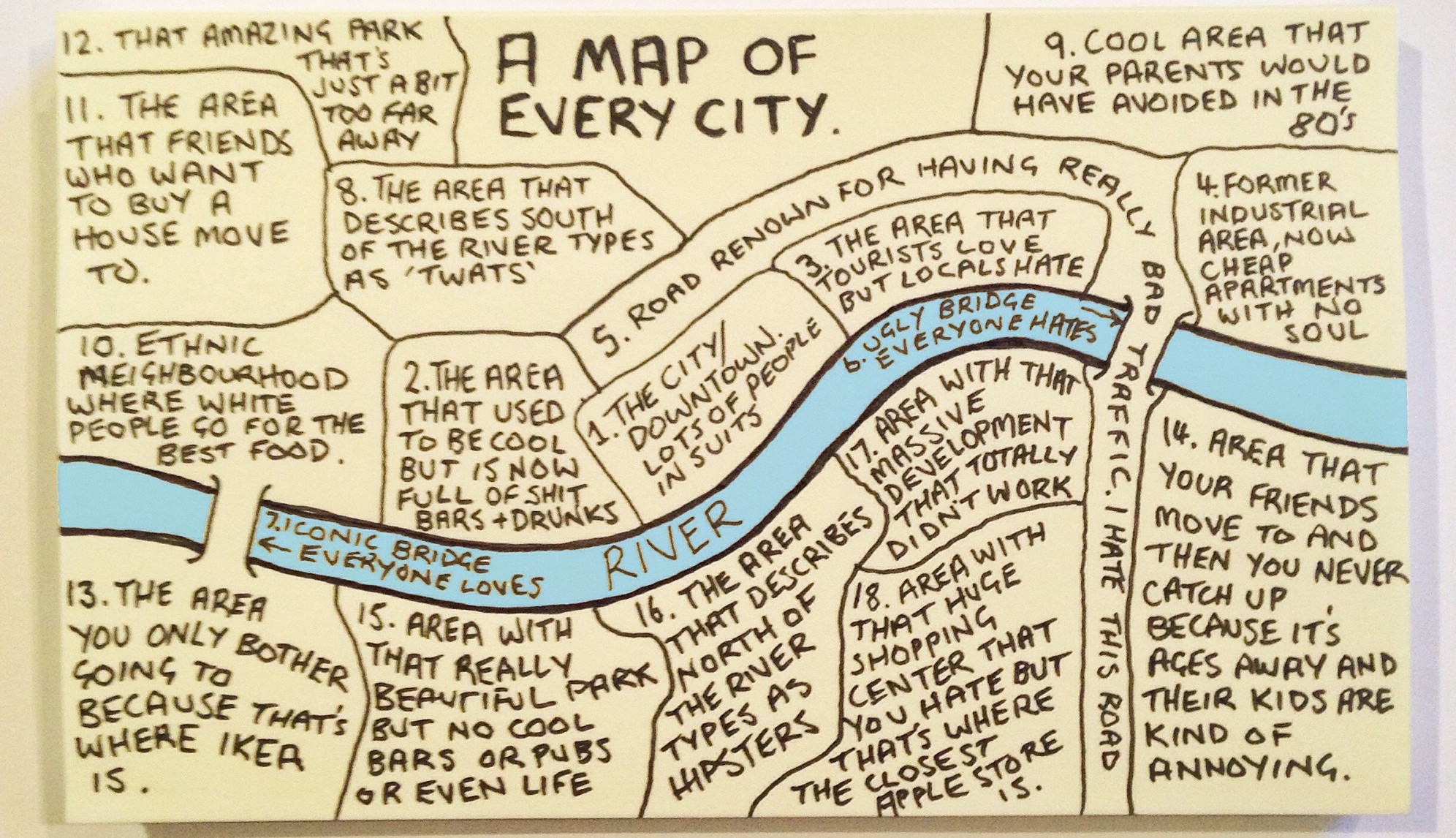In a recent post on ProfHacker I described a classroom technique I have used when teaching fiction. The roll-your-own dramatic interpretation mixed in with some reality television competition is one way I have found to plunge students into immersive encounters with texts and with each other. The exercise hacks conventional classroom dynamics, but perhaps ProfHacker readers yearn for something more, something more, well, hacky. And what if I told you that the hacks I have pursued were to reverse engineer text mining so that it became a lived process in the classroom?
As perhaps a lot of people who have tried to get undergraduates to read texts as
